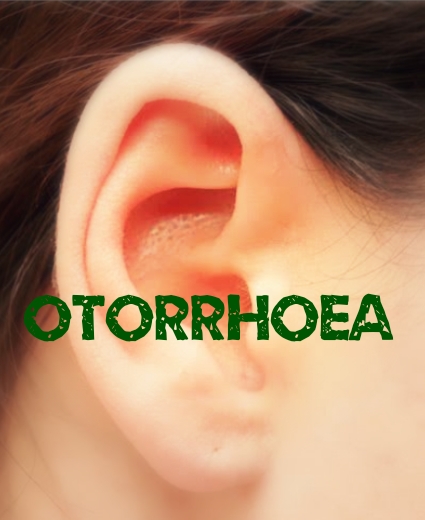
Cinchona Officinalis
Cinchona officinalis, commonly known as Peruvian bark or China, is a plant native to South America. It is most well-known for its medicinal properties, particularly as a natural source of quinine, which is used to treat malaria.
COMMON NAME : Peruvian bark, China.
PROVER : Hahnemann.
SOURCE : The dried bark of the Cinchona tree.
PREPARATION : In homeopathy, the bark is triturated and potentized to create the homeopathic remedy.
SPHERE OF ACTION : Cinchona officinalis is primarily associated with ailments related to weakness, debility, and loss of vital fluids. It is known for its effects on the gastrointestinal system, circulatory system, and nervous system.
CONSTITUITION : Cinchona officinalis is often prescribed for individuals who have a delicate or sensitive constitution, are prone to weakness or debility, and who may experience exhaustion or symptoms after loss of vital fluids. For stout, swarthy persons; for systems, once robust, which have become debilitated, “broken down” from exhausting discharges.
MIASM : Psora.
AILMENTS : from loss of vital fluids, especially haemorrhages, excessive lactation, diarrhoea, suppuration.
MIND : Cinchona officinalis is associated with symptoms of irritability, oversensitivity, weakness, mental confusion, and anxiety. Apathetic, indifferent, disobedient, taciturn, despondent. Ideas crowd in mind; prevent sleep. Disposition to hurt other people’s feelings. Sudden crying and tossing about.
KEYNOTES :
- Dropsy following excessive loss of vital fluids with great debility and trembling.
- Haemorrhage from every orifice of the body.
- Debility and Anaemia from excess loss of fluids from the body.
- Sweat with great thirst. Sweating during sleep and on being covered.
- Indicated in Periodical affections.
- Antineuralgic – China is very helpful in extremely sensitive nerves.
- Desire for sour things, sour fruits, cold water.

PARTICULARS :
1. Head : Headache as if the skull would burst; intense throbbing of head and carotids, face flushed; from occiput over whole head; < sitting or lying, must stand or walk.
2. Face : Pale and Hippocratic face with sunken eyes and blue rings around the eyes. Post malarial infra orbital neuralgia.
3. Eyes : Asthenopia, Photophobia. Distortion of eyeballs. Intermittent ciliary neuralgia. Amaurosis; scalding lachrymation.
4. Respiratory system : Difficult respiration, rattling and filling up of the chest with mucus; asthma. “Pressure in the chest, as from violent rush of blood; violent palpitation, bloody sputa, sudden prostration.” Dry, suffocative cough at night; profuse night sweats. Pains in the chest, increasing sensitiveness to cold, heat and redness of the face with cold hands.
5. GIT :
Mouth – Toothache; better pressing teeth firmly together, and by warmth. Tongue coated thick, dirty; tip burns, succeeded by ptyalism. Bitter taste. Food tastes too salty.
Stomach – Tender, cold. Vomiting of undigested food. Slow digestion. Weight after eating. Ill effects of tea. Hungry without appetite. Flat taste. Darting pain crosswise in hypogastric region. Milk disagrees. Hungry longing for food, which lies undigested. Flatulence, belching of bitter fluid or regurgitation of food gives no relief; worse eating fruit; Bloatedness better by movement.
Abdomen – Much flatulent colic; better bending double. Tympanitic Abdomen. Pain in right hypochondrium. Liver and spleen swollen and enlarged. Jaundice. Internal coldness of stomach and abdomen. Gastro-duodenal catarrh.
Stool – Undigested, frothy, yellow; Painless; worse at night, after meals, during hot weather, from fruit, milk, beer. Very weakening, with much flatulence. Difficult even when soft.
6. Fever : Intermittent fever- paroxysm anticipates from two to three hours each attack; returns every seven or fourteen days; never at night; sweats profusely all over on being covered, or during sleep . Hay fever, watery coryza, pain in temples.
7. Female symptoms : Menses too early. Dark clots and Abdominal distention Profuse menses with pain. Desire too strong. Bloody leucorrhœa. Seems to take the place of the usual menstrual discharge. Painful heaviness in pelvis.
General Modalities :
Aggravation – From slightest touch; draft of air; every other day; mental emotions; loss of vital fluids.
Amelioration – Hard pressure; bending double.
Relations :
Compliments – Ferrum met.
Antidoted by – Nat mur, Carbo veg.
Antidote to – Ars, Calc, Cham, Ferr, Hell, Iod, Merc, Sulph, Verat alb.
REFERENCE :
- Materia Medica by James Tyler Kent.
- Homeopathic Materia Medica by William Boericke.
- Keynotes And Characteristics With Comparisons of some of the Leading Remedies of the Materia Medica by Henry Clay Allen, M. D.
- Materia Medica for Students by Dr. Ritu Kinra.
- Guiding symptoms of Our Materia Medica by C. Hering
- Dictionary of Practical Materia Medica by J.H. Clarke.
Worked By : Sunitha Asir (Final BHMS)







